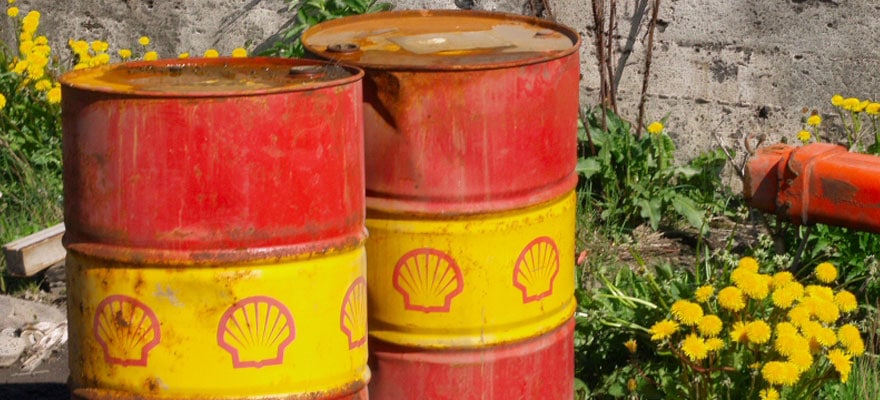From the desk of Evdokia Pitsillidou, Head of Risk Management at easyMarkets.
Oil prices have declined sharply this week, as a record build-up in US crude inventories compounded fears about a global supply glut after major producers failed to agree on an output strategy last weekend.
Subsequently, the West Texas Intermediate (WTI) benchmark for US crude futures fell below $45 a barrel yesterday, its lowest level in six weeks. The contract plunged -10% over a five-day losing streak, settling at $44.62 a barrel. The decline brought WTI back below oversold levels on the Relative Strength Index. As of 2:25 am GMT Friday, WTI was trading at $44.78 a barrel.
Brent crude, the international futures benchmark, fell -8.3% over the same five days, settling at $46.30 a barrel Thursday. It was trading at $46.50 a barrel early Friday morning.
Talking Points
The Organization of the Petroleum Exporting Countries (OPEC) met with other major producers in Vienna last weekend to find common ground on a proposed production freeze. However the marathon talks ended with little more than a promise to continue talking. A few days later, an analysis by Reuters showed that OPEC production likely reached another record high in October.
Major banks polled by The Wall Street Journal predict crude prices will remain lower for longer, as the market remains awash in oil. The survey predicts that oil prices will remain below $60 a barrel in 2017. Last summer, the same banks said prices would exceed $70 a barrel this year – a level now deferred to 2018.
Earlier this week, the US Energy Information Administration (EIA) reported that crude inventories spiked more than 14 million barrels last week, the largest build since record keeping began in 1982. Analysts were forecasting a gain of just 1 million barrels. The increase was triggered by a large rise in imports and a decline in so-called refining runs.
However, the EIA also said gasoline inventories fell -2.2 million barrels, double the rate forecast by analysts.
Crude’s short-term outlook will be tied to OPEC’s ability to resolve its differences at an upcoming meeting in Vienna. The 14-nation cartel will hold its biannual meeting November 30 to finalize a production freeze, including setting individual member quotas.
Russia and other major producers have supported OPEC’s call for a freeze, but have told the producer group they won’t lower output until cartel members can first agree internally on a strategy. Iraq and Iran appear to be dragging their feet on a freeze, while Libya and Nigeria are also looking to raise output. This suggests that most of the burden to lower output will fall on Saudi Arabia and its Gulf allies.
Experts are expecting a bigger drop in crude prices, perhaps even below $30 a barrel, unless OPEC rescues the market with real action. This time, however, more than just talk may be needed to restore market confidence.

















